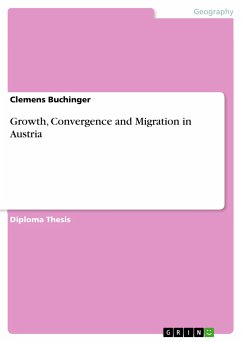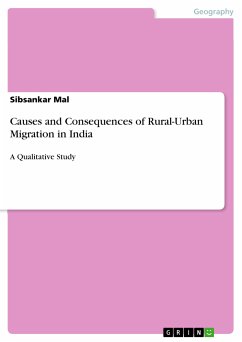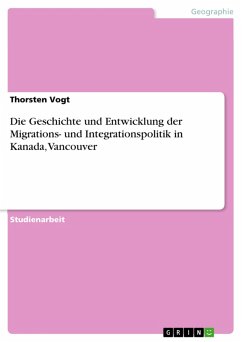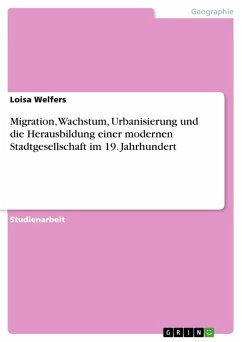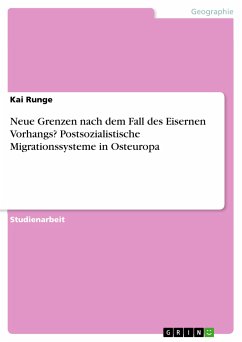Diploma Thesis from the year 2006 in the subject Geography / Earth Science - Demographics, Urban Management, Planning, grade: 1,0, University of Vienna (Fakultät für Wirtschaftswissenschaften), language: English, abstract: The aim of this study is to investigate whether migration affects Austrian economic growth. Migration is seperated into total and foreign migration. The framework of this analysis is the Neoclassical Solow-Swan model. Analogous to the main results of this model, the two types of - convergence and an augmented version of the model regarding the two migration variables will be tested. The empirical work is based on a data set especially created for Austria, which covers the time period from 1961 to 2002. This data set provides a clear tendency towards absolute convergence. The test of conditional convergence verifies that the Austrian federal states started at different technological status and converge at a speed of 3, 54% per year. Furthermore, this test points out that the Solow-Swan models findings are not asserted, but some of the variables help to improve the results of the test. The augmented model, which includes the migration variables, leads to the conclusion, that total migration in Austria has a positive and highly significant influence on the growth of GDP per capita, while foreign migration also suggests the positive relationship but only at a 10% level of significance.
Dieser Download kann aus rechtlichen Gründen nur mit Rechnungsadresse in A, B, BG, CY, CZ, D, DK, EW, E, FIN, F, GR, HR, H, IRL, I, LT, L, LR, M, NL, PL, P, R, S, SLO, SK ausgeliefert werden.

